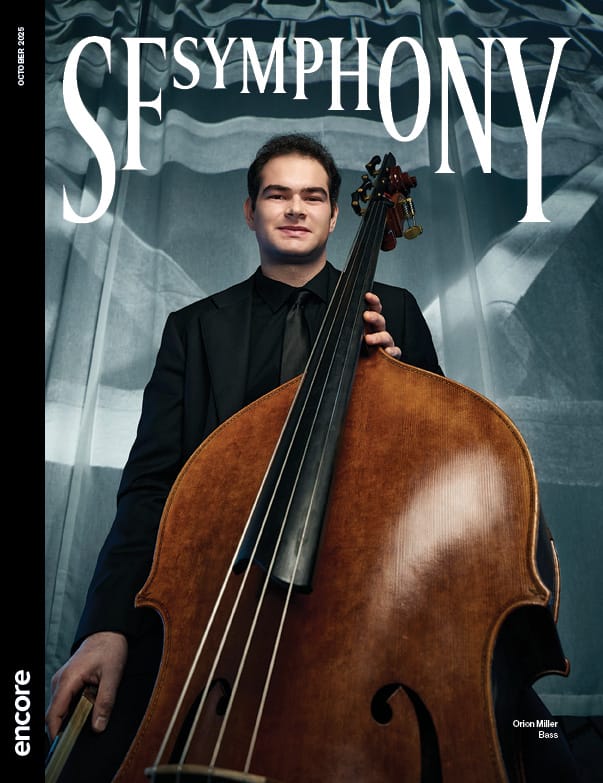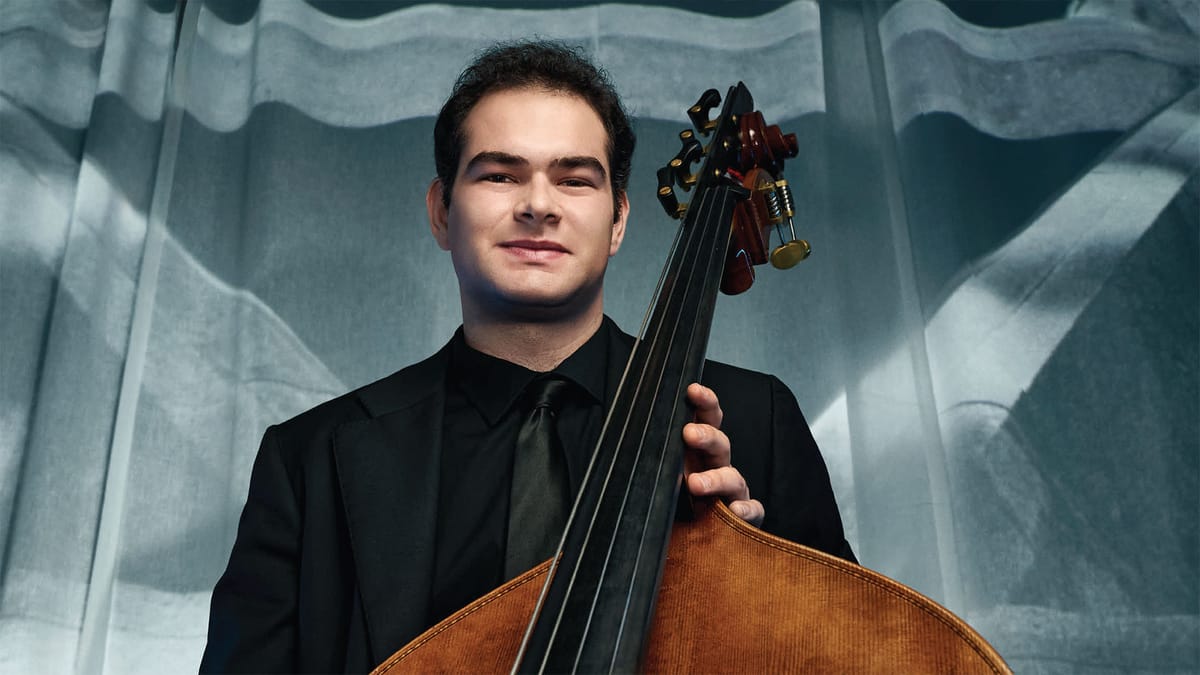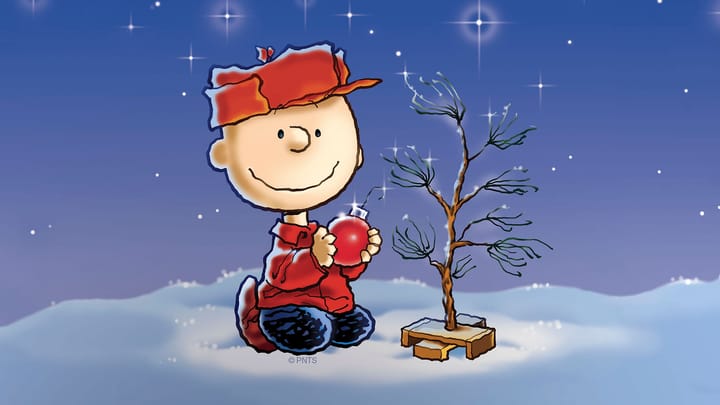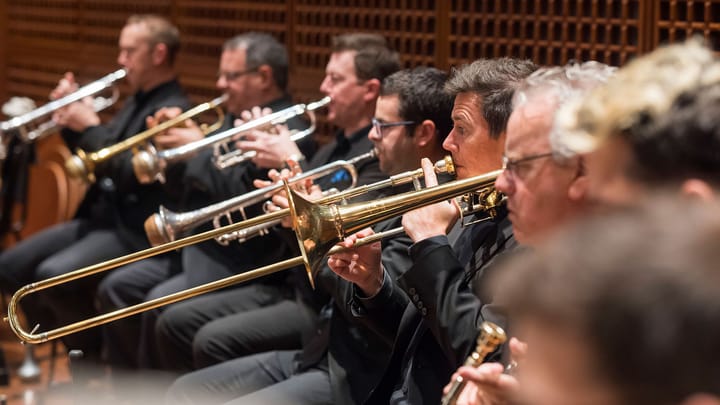In This Program
- Welcome
- News & Notes
- Leading With Openness
- In the Lab with Tim Higgins
- Meet the SF Symphony Musicians
- Community Connections
- Print Edition
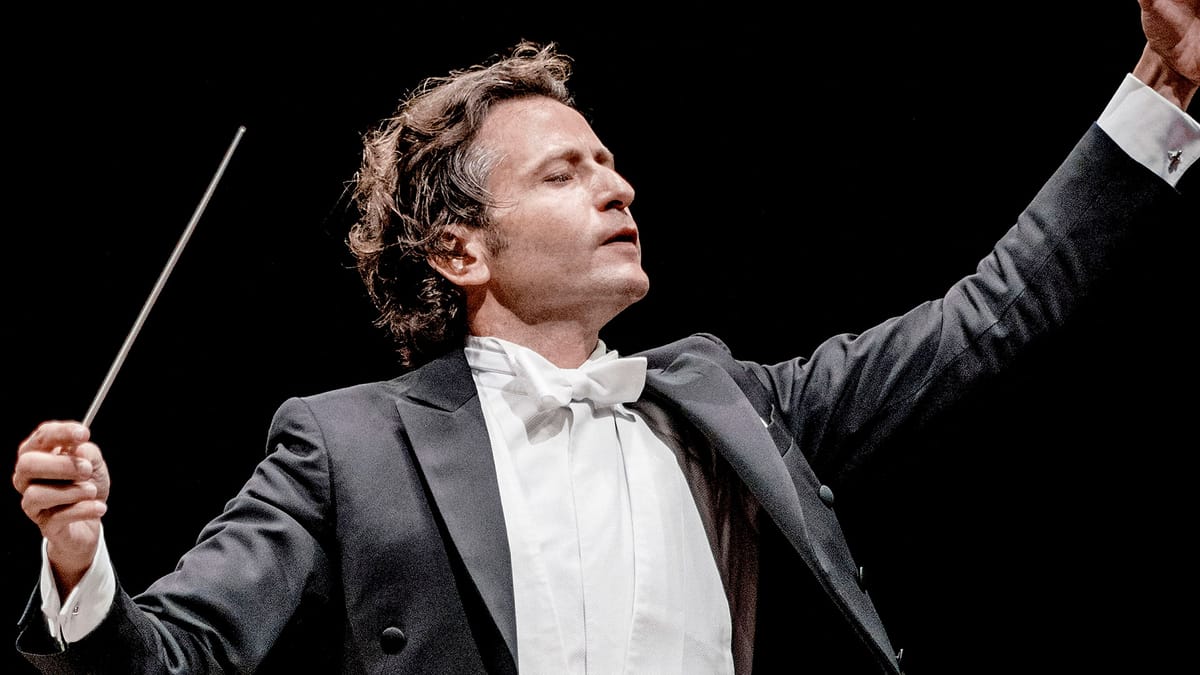
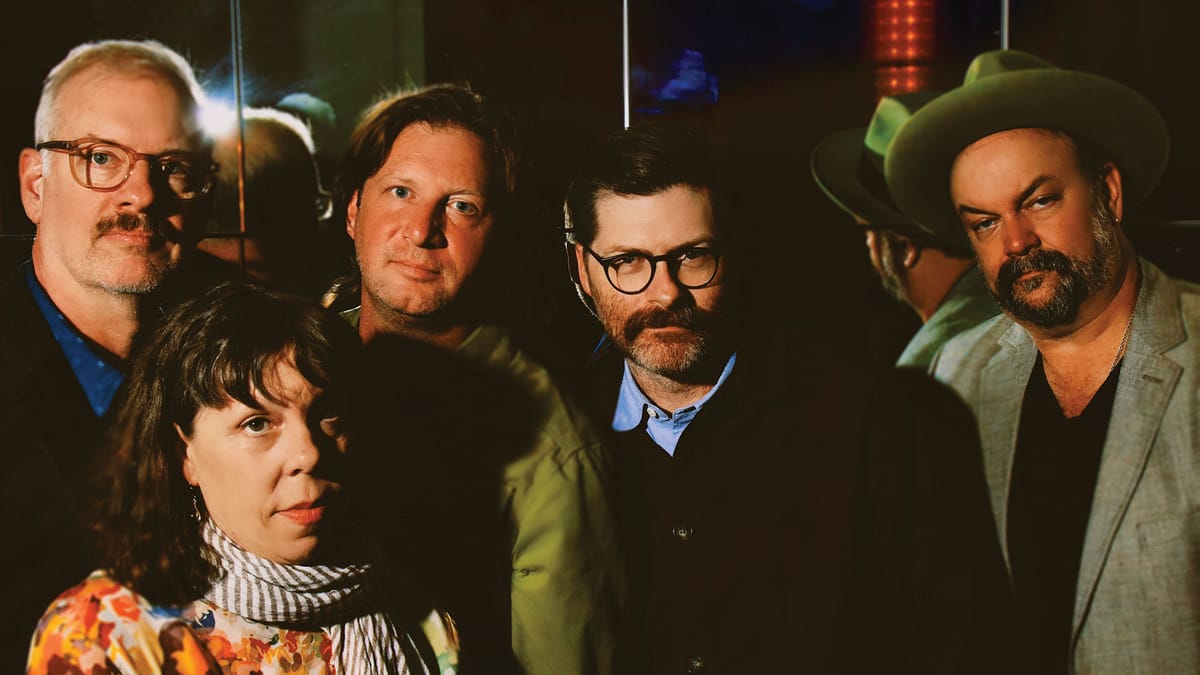
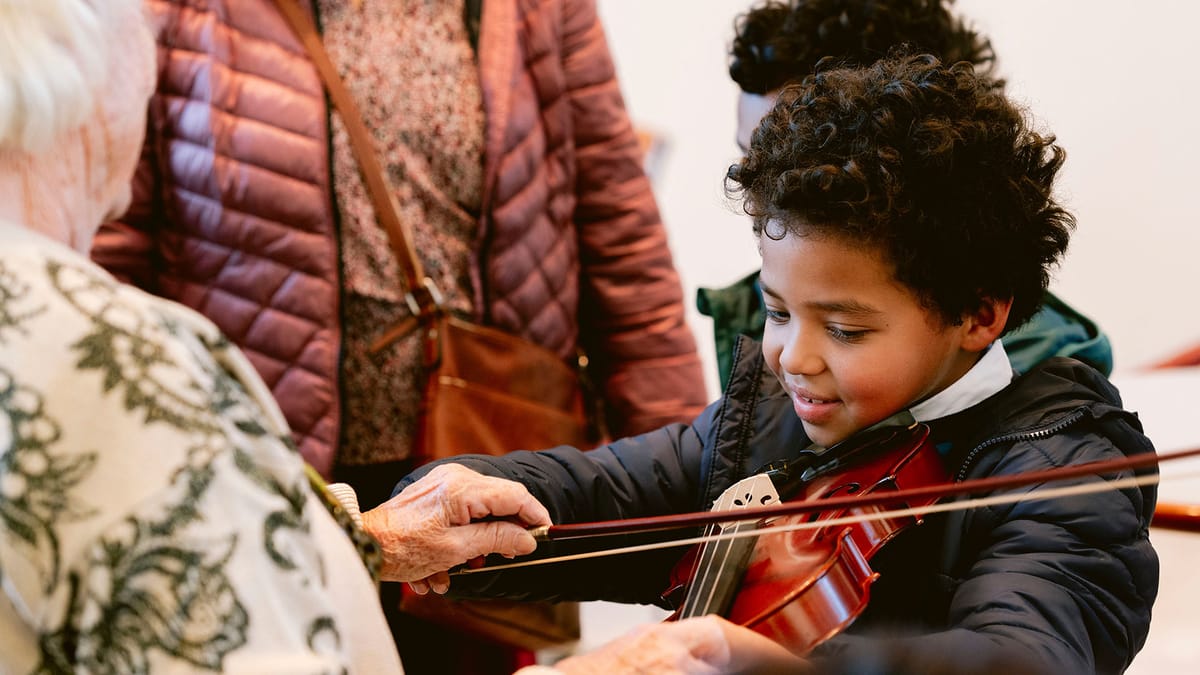

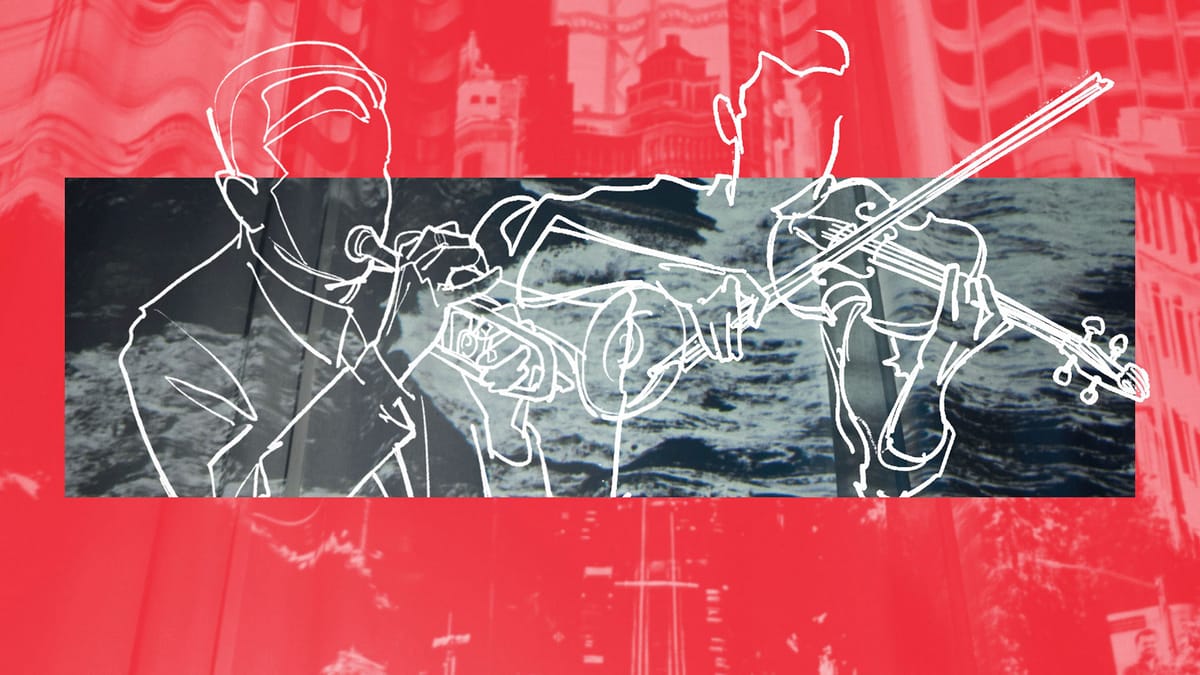
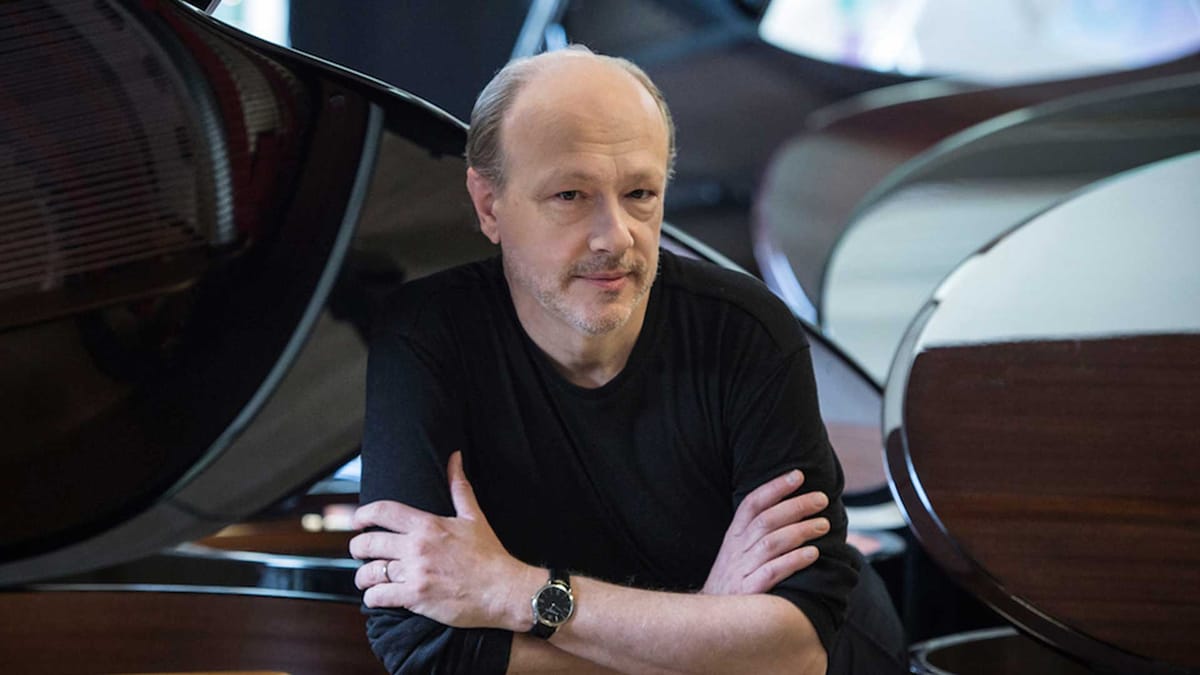
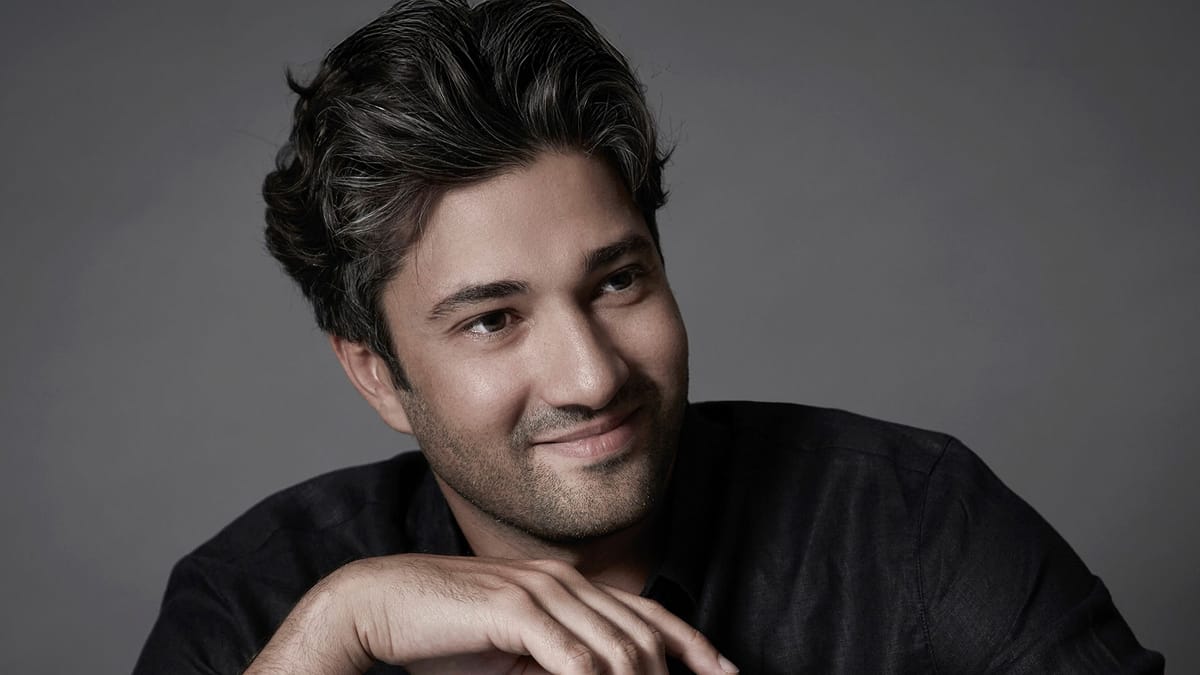
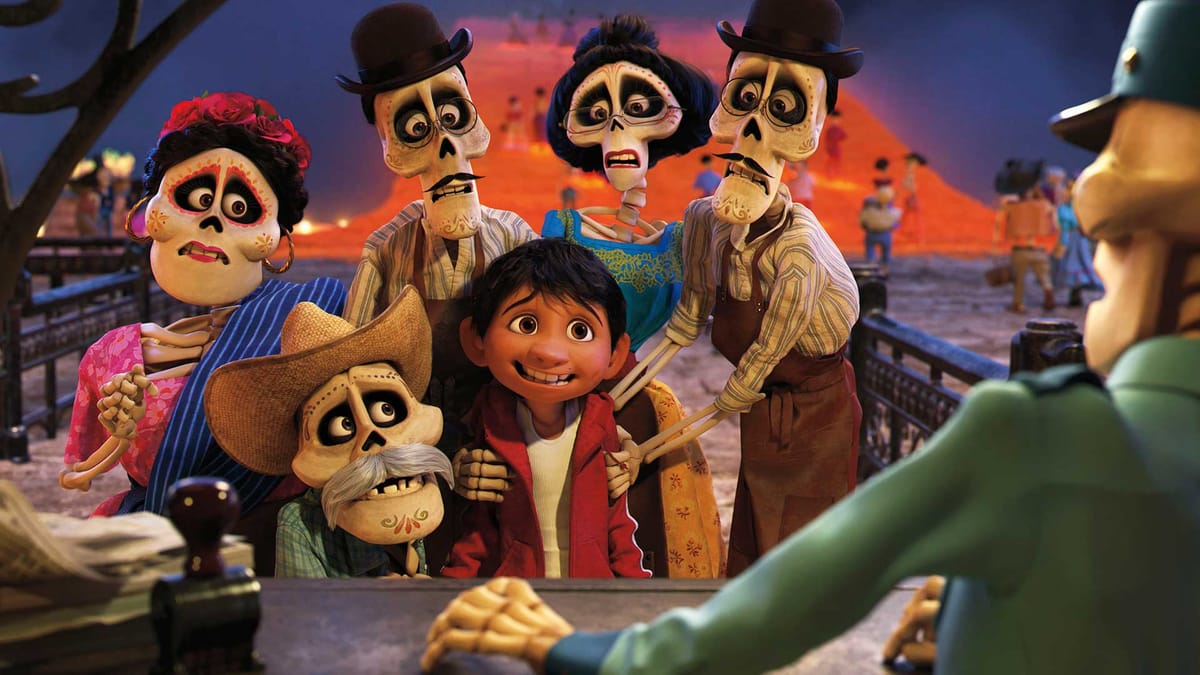
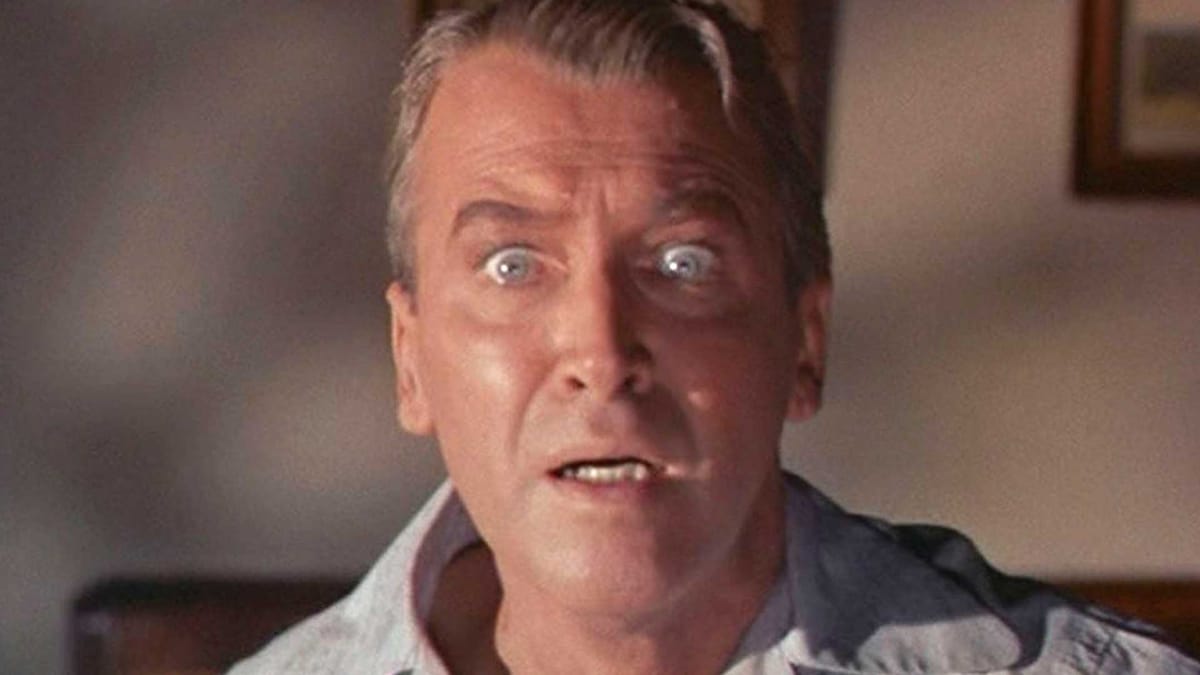
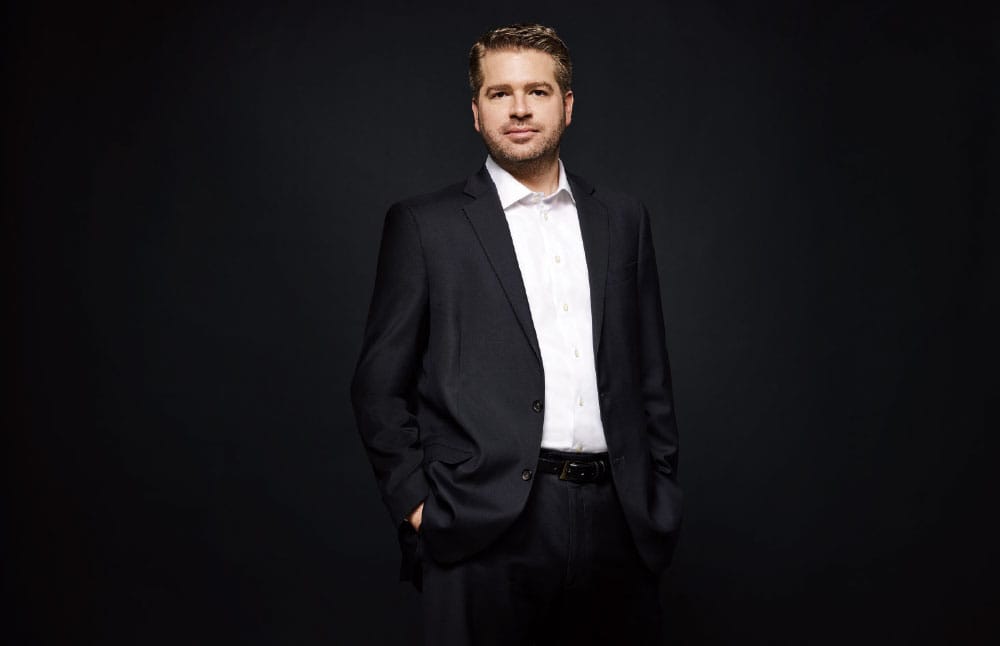
Welcome
Our musicians’ artistry shines in every setting, whether performing in community spaces and hospitals, guiding the next generation of musicians as SF Symphony Youth Orchestra mentors, or stepping into the spotlight as soloists with our orchestra.
This season offers extraordinary opportunities to experience that artistry on the big stage. October sees the world premiere of Market Street, 1920s, the latest in a growing catalog of works by our Principal Trombone Timothy Higgins. In the spring, you’ll have a chance to hear Tim as soloist in the world premiere of a new trombone concerto from Jimmy López.
Tim is joined by other standout soloists this season: Principal Flute Yubeen Kim makes his Symphony solo debut across two programs, and Principal Trumpet Mark Inouye takes center stage alongside pianist Seong-Jin Cho. Add to that Principal Cello Rainer Eudeikis’s radiant performance of Esa-Pekka Salonen’s Cello Concerto on our recent SFS Media release, and you get a vivid sense of our musicians’ remarkable range and depth.
This versatility also extends into our neighborhoods, where Symphony musicians perform in San Francisco’s public libraries and other spaces as part of our Community Chamber Concerts. You can find out when they’ll be in your area at sfsymphony.org/community-chamber.
And finally, I’m delighted to welcome six new musicians who join the Orchestra this season, part of an exciting wave of talent in recent years. I can’t wait for you to hear how all our incredible musicians, new and longtime alike, will shape the Symphony and enrich our community for years to come.
Matthew Spivey
Chief Executive Officer, San Francisco Symphony
News & Notes

Gaïa in the Lobby
Experience a new exhibit at Davies Symphony Hall, on view through October 14, inspired by Gaïa—Gautier Capuçon’s recital program dedicated to Earth’s “beauty, fragility, and strength.”
Featuring newly commissioned works by 16 composers, Gaïa comes to life in its concert premiere with Capuçon and special guests at Davies Symphony Hall on November 16.
Explore the inspirations and creative forces behind this landmark project.
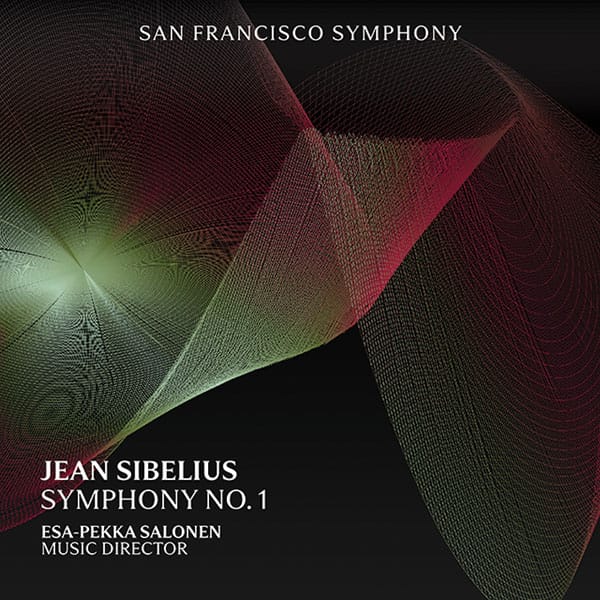
New on SFS Media
The seven full-scale symphonies composed by Sibelius stake his place as one of the most imposing symphonists of the 20th century.
This month marks the release of a new recording of Sibelius’s First Symphony—his international breakthrough—performed by Esa-Pekka Salonen and the San Francisco Symphony. This recording follows Salonen and the Symphony’s earlier SFS Media recordings of Sibelius’s Fifth Symphony and Finlandia.
The digital release is available now for streaming on Apple Music Classical.
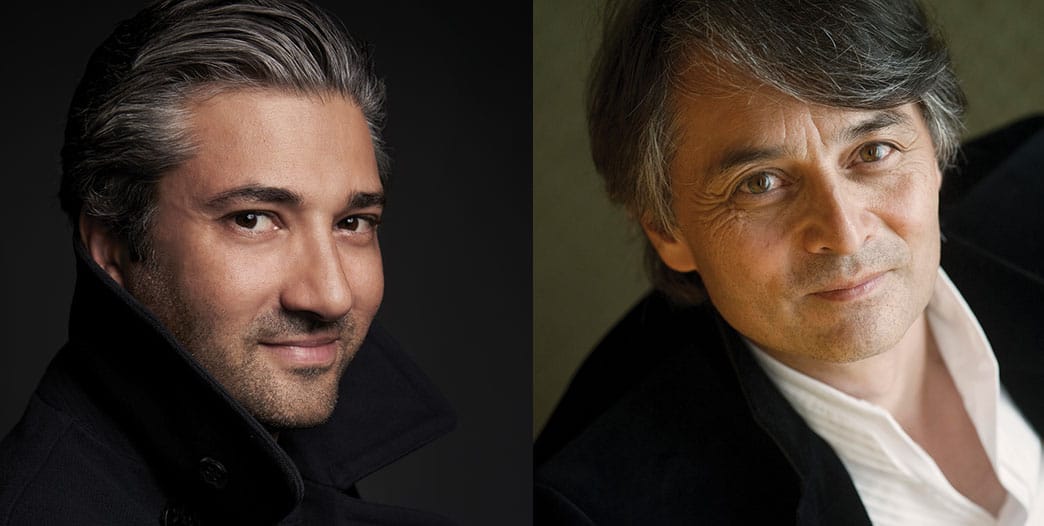
Leading with Openness
Conductors David Afkham and Jun Märkl make their San Francisco Symphony debuts | by Steve Holt
DAVID AFKHAM SAYS A CONDUCTING DEBUT is like meeting someone new.
“Every orchestra has its own character; to meet that character, that personality through music is very exciting. I’m very much looking forward to meeting the San Francisco Symphony.”
The conductor, who is chief conductor and artistic director of the Spanish National Orchestra and Chorus, makes his San Francisco Symphony debut this month in a program featuring Shostakovich’s devastating Symphony No. 8 and Sergey Khachatryan performing Tchaikovsky’s Violin Concerto.
“I’m always very open to listening to the qualities, the traditions, the way of playing, the way of making music together. And then it’s all about give and take.”
—David Afkham
“I’m always very open to listening to the qualities, the traditions, the way of playing, the way of making music together. And then it’s all about give and take. I give my ideas, I listen to their ideas, and at the end, it’s something that we have discovered together, and that’s beautiful. I don’t have a specific routine for the first rehearsal. I just introduce myself, and then immediately, we start making music together. That’s why we’re there!”
This may be Afkham’s first visit to Davies Symphony Hall, but not to the City.
“I came to San Francisco a long, long time ago, when I was still in school. My family made a trip out west. I have very beautiful memories of San Francisco, and I really hope I’ll have some time to discover more. That’s also part of our profession as musicians: We are so connected worldwide. It’s beautiful to speak in other languages, to experience new cultures. It should be like that, and to have the opportunity to experience San Francisco, is really a must.”
Another conductor debuting with the San Francisco Symphony this month is Jun Märkl, who is music director of the Indianapolis Symphony and Taiwan National Symphony Orchestra. Märkl says with a new orchestra, you don’t know at first what the chemistry will be, but he always trusts there will be goodwill on both sides.
“My father [violinist and concertmaster Josef] told me, ‘We musicians can tell after two minutes how the week is going to be!’ It’s the same for me on the podium. But what I always like, and what I find very much in the United States, you start into that relationship with a very open mind, and then you just see how it works. I’m a very positive person and very optimistic person, so then I go with the best I can do and with my joy of making music. And we have a great program!”
“There are so many layers of experience and knowledge you have to get to really know a work—layers of music, history, and aesthetics.”
—Jun Märkl
While Märkl’s program this month marks his debut, he previously worked with some of the Orchestra’s musicians at the Pacific Music Festival in Japan. “I know what a fantastic orchestra it is, and what they’re capable of.”
Not surprisingly, both Afkham and Märkl come from musical families.
Afkham’s three sisters are musicians (and two of them are also doctors!). His brother Micha is a violist in the Berlin Philharmonic.
“I’m the youngest. It’s wonderful to share music with my family and learn from my siblings. I’ve conducted Micha, and we have a great exchange of ideas. He gives advice, and we talk about music. I’m always grateful to learn from him. I haven’t conducted him with the Berlin Philharmonic yet. I’m still waiting!”
In addition to his concertmaster father, Märkl also studied with two conducting giants, including one with San Francisco Symphony ties.
“Seiji Ozawa, for me, is one of the greatest conductors,” Märkl says of the late musician, who was Music Director of the Symphony from 1970 to 1977. “His body language was absolutely clear: he could just show how to play.”
Märkl’s experience with Ozawa carried over to his early work in the theater. “I spent maybe the first 25 years of my career in opera, where most of the time you just step in and do the performance without any rehearsal. You have to show everything. That experience with Seiji was a key moment for me.”
Märkl also cites his work with Leonard Bernstein as a formative experience. “It was so inspiring. He taught me that to perform a work, you have to know so much about not only that work, but about the whole story around it, about the composer, about the time, about the other composers at that time, about where the story comes from.”
In his program with the San Francisco Symphony, Märkl leads Bartók’s Violin Concerto No. 2, with Leonidas Kavakos as soloist, and Maurice Ravel’s Daphnis et Chloé.
While Daphnis et Chloé has its origins in dance, Märkl is convinced that the work is equally effective as a concert work. “It’s full of colors. Ravel was one of the two or three great masters of instrumentation for orchestra, and Daphnis displays that talent to the fullest.”
Märkl finds that Daphnis subverts the idea of Ravel as a “cool” composer. “This is very passionate, emotional music. Ravel was pushed by the story of these lovers to go to the extreme of what he can express musically. You get some colors and melodic lines and harmonies that you can’t find in his other orchestral music. It’s really fantastic!”
The conductor is looking forward to exploring Daphnis with the San Francisco Symphony, whose history with the work can be traced to the days of Pierre Monteux. “This is a very complicated work, with a lot of inner voices where you have to be really precise; you have to have a feel for this French music. That’s something I think this orchestra can do really well.”
Bartók’s Violin Concerto No. 2 is equally rewarding for Märkl. “For me, there are two really interesting aspects of the Bartók. One is the balance—to get a good balance with the soloist, because the orchestra is sometimes quite intense. And the second is to really understand what the soloist is doing. I want to try to come as close as possible to how Kavakos sees the piece.”
Concerto appearances come together quickly, and Märkl makes a point of meeting with the soloist before the first orchestra rehearsal. “That usually goes very fast, so you have to be prepared and be very quick in trying to understand what the soloist is trying to do. I give [Kavakos] the benefit of his knowledge, and then I try to go with his interpretation.”
Afkham is also conducting a violin concerto on his San Francisco Symphony program, in this case the beloved Tchaikovsky.
“It’s a masterpiece in every aspect. We always have to respect the score, even with music that we all know so well. I take out the score and try to read it as if it’s the first time.”
Afkham looks forward to performing with violinist Sergey Khachatryan, with whom he’s worked several times. “He’s a very refined musician. There is always deep meaning in his playing; it’s not just playing notes. There’s a message that he wants to deliver, and I like that very much. I am very much looking forward to doing the Tchaikovsky with him.”
The second half of the program is Shostakovich’s Symphony No. 8.
“It’s definitely one of the darkest pieces that Shostakovich ever wrote,” says Afkham, “a tragic, dramatic piece with a lot of lamenting voices. He composed it very quickly in the summer of 1943, after the Soviet victory over the German army and its horrific siege of Leningrad. There was an expectation that the symphony would celebrate that victory, but Shostakovich was haunted by the horrors of war, and Stalin’s repressive regime.” (The work received a tepid reception from Soviet officials and fell out of the repertoire for more than a decade.)
Shostakovich’s work presents many challenges for a conductor, Afkham says. “It’s such a huge work, a world in itself. It’s my job to transmit the energy, the colors, the atmosphere of the score to the musicians, and through them to the audience, to move their hearts and minds.”
For Afkham, the meaning behind Shostakovich’s work goes deeper than any single performance. “The question is, why are we performing this work; what should it remind us of in our times? This is the important thing; this is the challenge.”
Märkl shares a similar commitment to revealing the greater truths contained within the music. “There are so many layers of experience and knowledge you have to get to really know a work—layers of music, history, and aesthetics. Bernstein showed me how universal music is.”
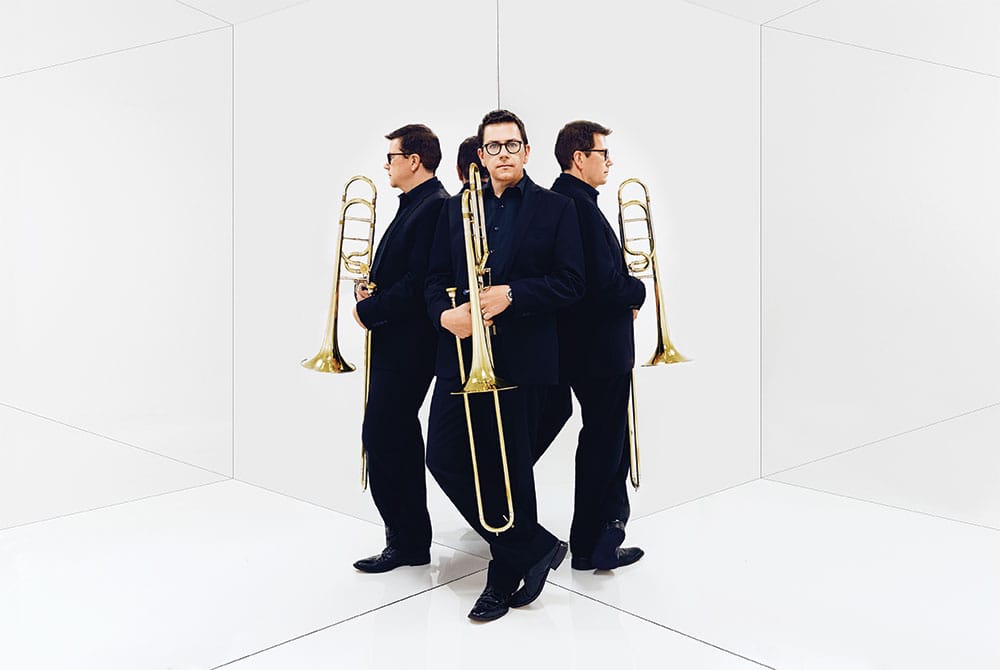
In the Lab with Tim Higgins
Tim Higgins’s path toward composing began through his work as an arranger of other people’s scores. “I’ve always been interested in tinkering, with putting things on the page,” he said, “and in college I arranged a lot of music for chamber groups I was playing in.”
He has remained an active arranger ever since, but it wasn’t until his arrival in San Francisco as Principal Trombone in 2008 that he began to compose seriously. “I started to wonder what it would be like to write my own music rather than arrange other people’s, so I started experimenting. I embarked on a very informal study of composition, on my own rather than with teachers. I picked up composition textbooks that composers I have worked with recommended to me, but I am really self-taught.”
He had an advantage that most composition students can only dream of. “I sit in the orchestra every week, so I get to watch what all these composers did with a score. I’m in a laboratory where I can see what works well—or doesn’t. I started to identify what was a challenge in writing a piece of music, and why.”
This month, Higgins’s latest work, Market Street, 1920s—which he describes as “over the top, farcical, tongue-in-cheek”—receives its world premiere by the San Francisco Symphony with conductor Gustavo Gimeno.
“Any time a musician can step out of their section into a different role is a breath of fresh air,” Higgins says. “The San Francisco Symphony has a long tradition of successful world premieres, and I’m thrilled to add my work to that list again.”
—Adapted from an interview by James M. Keller
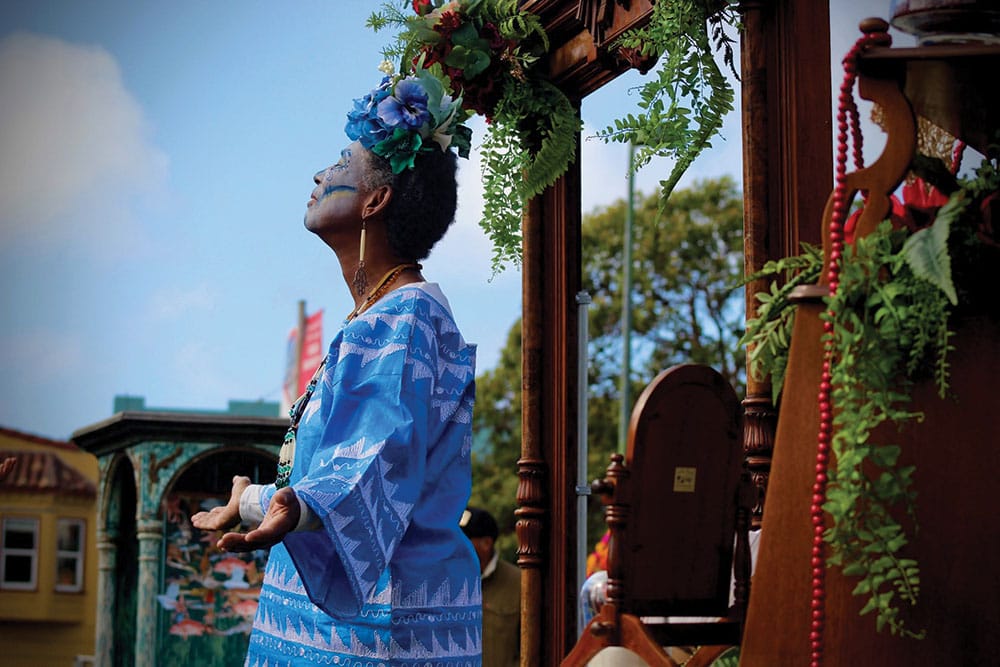
Community Connections
Marigold Project
Marigold Project is a community-based, woman-led organization deeply rooted in the rich cultural traditions of the Indigenous/Latinx community in San Francisco’s Mission District. The organization offers community-accessible programs encompassing art healing workshops, creative workshops, cultural education, and altar-building skills. Marigold Project strives to preserve and celebrate cultural traditions, contributing to San Francisco and California’s diverse cultural wealth. It is dedicated to expanding those efforts through collaborations with local artists, educators, and other organizations and institutions, fostering a spirit of community and shared goals, embracing the diversity of ideas and practices, while celebrating life and nurturing care and well-being within the community.
Every November 2, Marigold Project hosts the annual Festival of the Altars. This decades-long tradition in the Mission District’s Potrero del Sol Park invites community members to build Day of the Dead altars to honor ancestors and unites Latinx communities to process grief through shared cultural practices and collective memory. These Mesoamerican traditions and ceremonies are open to all who seek an authentic and creative communal experience.
From October 16 through November 9, concertgoers may view an art installation created by Marigold Project in honor of Day of the Dead in the Davies Symphony Hall lobby.
For more information, visit dayofthedeadsf.org.
Photo: Ceremony Poet, Arisika Razak representing the Center Altar, photographed by Jacqui Cardenas.
The San Francisco Symphony thrives on collaboration, and we’re proud to work with the most creative, innovative groups and individuals shaping the Bay Area today.
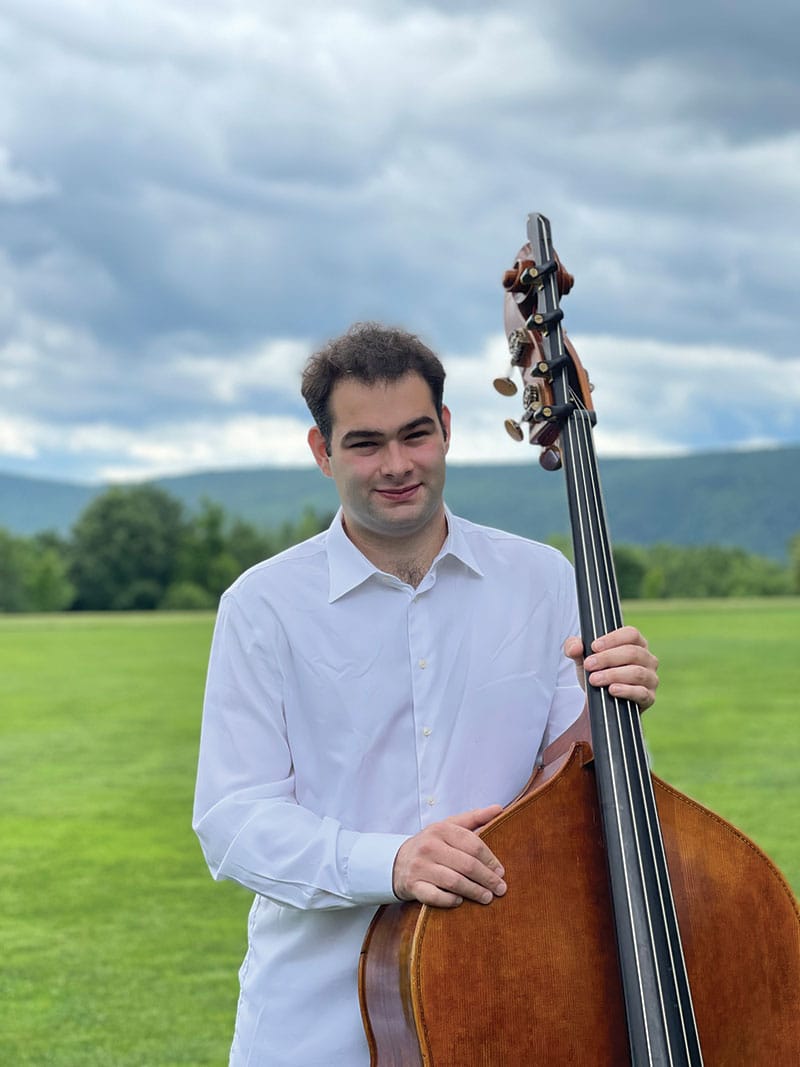
Meet the Musicians
Orion Miller • Bass
Orion Miller joined the SF Symphony bass section at the beginning of the 2024–25 season.
What was your first concert with the San Francisco Symphony?
It was the March 2024 program with Scriabin’s Prometheus, The Poem of Fire and Bartók’s Bluebeard’s Castle—the concert with the lights and scents by Cartier. I walked in not knowing what to expect and was just blown away—I’ll never forget it.
How did you begin playing the bass?
I started on cello at age three but it was clear that it wasn’t the right fit. After playing the electric bass for a few years, my parents came up with the idea to tune the cello in fourths—just like a bass. It worked well, and at 11 or 12 I rented a real bass and never looked back.
Where did you continue your studies?
I studied with Tim Pitts at Rice University. I finished my undergraduate degree there in 2024 and was a Tanglewood Music Center Fellow over the summer before I started with the SF Symphony.
You must have played a lot of music in college, but still be learning a lot in the first years of your professional career.
When I arrived in San Francisco, I had never played a Tchaikovsky or Mozart symphony before. Mahler Symphony No. 2, Mahler Symphony No. 7, and Elgar’s Enigma Variations were all new to me. I’ve idolized these pieces for so many years, and I was ecstatic when I was finally able to play them.
What kind of bass do you play?
I play a Bellosio-Goffriller type double bass from 1791. There has been some debate about who the maker is, so I am currently in the process of getting it properly certified. I am very lucky to play this instrument.
Do you have other musical activities outside the orchestra?
I was in a rock band in high school and play the string parts for a band called Laundry Day whenever I am back home in New York.
What do you like to do besides music?
I love playing sports. I joined two ice hockey leagues after moving here—one in Oakland and one in SOMA. I played Division I rugby in college. Most of my days off from the Symphony consist of playing basketball at the Bay Club.
What do you love about playing the bass?
The bass is a string instrument, but its orchestral function is more diverse than any of the other string instruments. Sometimes while the violins, violas, and cellos are playing in unison, the bass is doubling the winds or brass. Sometimes I think of the bass as a textural utility instrument. I’m not sure any other instrument has that kind of versatility.
Print Edition
